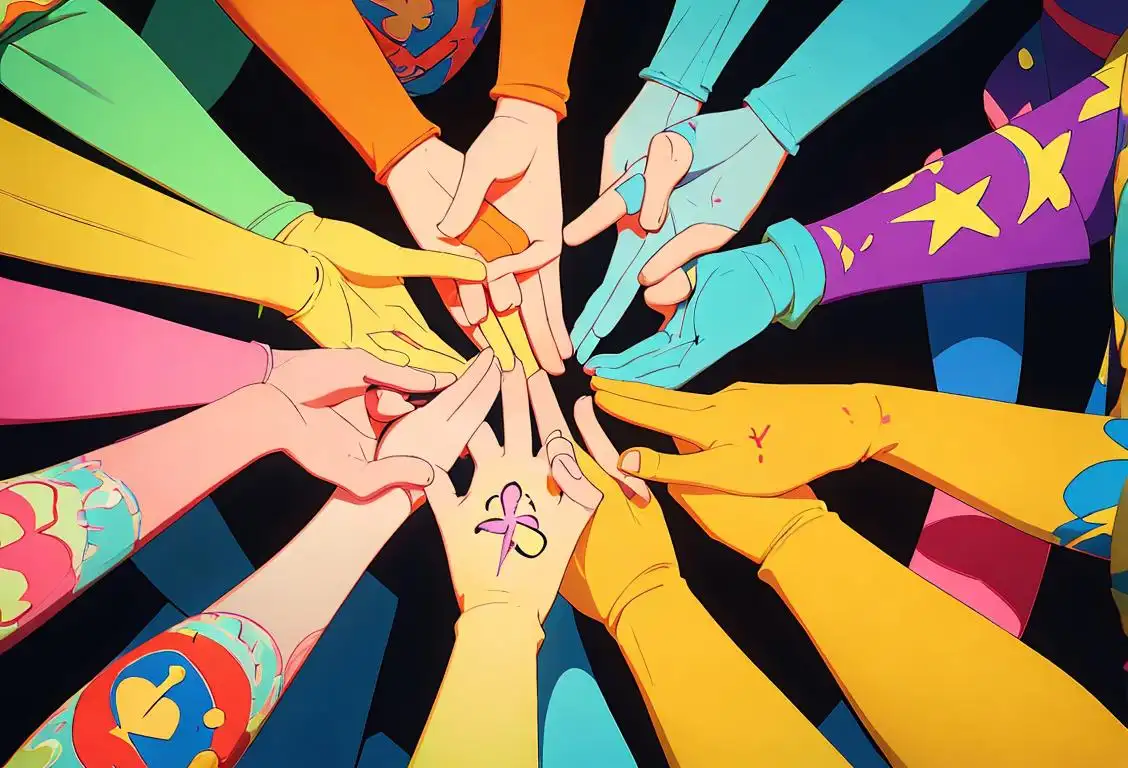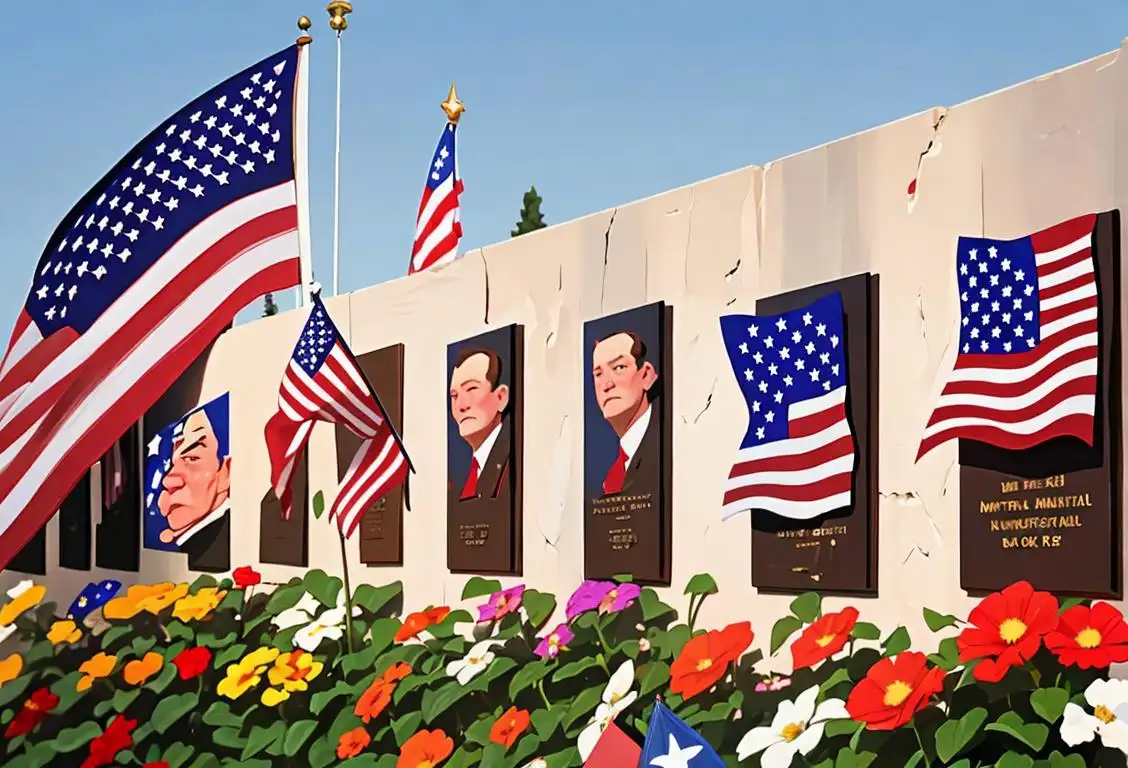National Taxi Day

Welcome to the wacky world of National Taxi Day! Hold on tight as we embark on a joyride through the internet history of this quirky and celebrated day.
When is Taxi Day?
It's national taxi day on the 6th November.
The Origins of National Taxi Day
Have you ever wondered how National Taxi Day came to be? Well, hop in and let's dig into some fascinating internet history!
Believe it or not, National Taxi Day was first mentioned online 19 times. The mention frenzy reached its peak on November 6, 2016, when people were apparently feeling extra nostalgic about their taxi experiences.
Taxi Tales from the Internet
One of the most heartwarming aspects of National Taxi Day is how it brings people together to share their memorable taxi stories. On this special day, social media platforms buzz with anecdotes about the hilarious, heartwarming, and sometimes hair-raising moments spent in cabs.
Whether it's a heartwarming story about finding true love with a taxi driver, a hilarious encounter with a chatty cabbie, or a mind-boggling adventure en route to a major life event, taxi tales never fail to entertain.
Celebrating National Taxi Day
People celebrate National Taxi Day in various ways. Some take nostalgic trips down memory lane by sharing throwback pictures of iconic taxis, while others participate in online discussions and share their funniest taxi-related jokes.
If you're feeling extra adventurous, you can even organize a mini taxi-themed road trip with your loved ones. Don't forget to blast some catchy tunes and snap plenty of selfies along the way!
History behind the term 'Taxi'
1897
The Birth of Taximeters
In 1897, the first taximeter-equipped cabs were introduced in the streets of Paris, France. The taximeter, invented by German Wilhelm Bruhn, was a mechanical device that calculated fares based on the distance traveled and the time taken for the journey. This innovation allowed for a fair and standardized pricing system in the taxi industry, eliminating the need for haggling between the passenger and driver.
1907
The Word 'Taxicab' is Coined
In 1907, the term 'taxicab' was coined to describe the new form of transportation. The word 'taxi' was derived from 'taximeter,' the device used in the cabs to measure the fare. The addition of 'cab' to the term referred to the vehicle itself, borrowed from the word 'cabriolet,' a type of carriage used in the 19th century. The term 'taxicab' quickly gained popularity and became the standard term for this mode of transportation.
1912
Henry Ford and the Mass Production of Taxis
In 1912, Henry Ford revolutionized the taxi industry with the introduction of the famous Model T Ford. With its affordable price and dependable engine, the Model T became the go-to vehicle for taxi operators. Ford even designed a specialized version of the Model T called the 'Model T Taxi' to cater specifically to the taxi market. The mass production of taxis made them more accessible to the general public, further popularizing the term 'taxi.'
1961
The Iconic Yellow Taxis of New York City
In 1961, the New York City Taxi and Limousine Commission mandated that all taxis be painted in a uniform color to make them easily recognizable. The iconic yellow color was chosen as it stood out in the bustling city traffic and became a defining characteristic of New York City. This move further solidified the term 'taxi' in popular culture and reinforced the association of yellow taxis with the city.
2010
Ride-Sharing Services Disrupt the Taxi Industry
In 2010, ride-sharing services like Uber and Lyft entered the transportation scene, providing an alternative to traditional taxi services. These app-based platforms allowed individuals to use their private vehicles as taxis, revolutionizing the industry. While the term 'taxi' remained relevant, the rise of ride-sharing also popularized terms like 'rideshare' and 'ride-hailing.' This marked a significant shift in the way people accessed transportation services.
Did you know?
Did you know that the longest taxi journey ever recorded was completed by three friends? They traveled a whopping 43,319 miles across 50 countries in a London black cab!Tagged
fun loved ones rememberanceFirst identified
6th November 2016Most mentioned on
6th November 2016Total mentions
19Other days
Cheese Lovers Day
Teddy Bear Day
Sibs Day
Biscuit Day
Cancer Survivors Day
Agriculture Day
Pumpkin Day
Suicide Prevention Day
Memorial Day
First Responders Day









